Tag: education
-
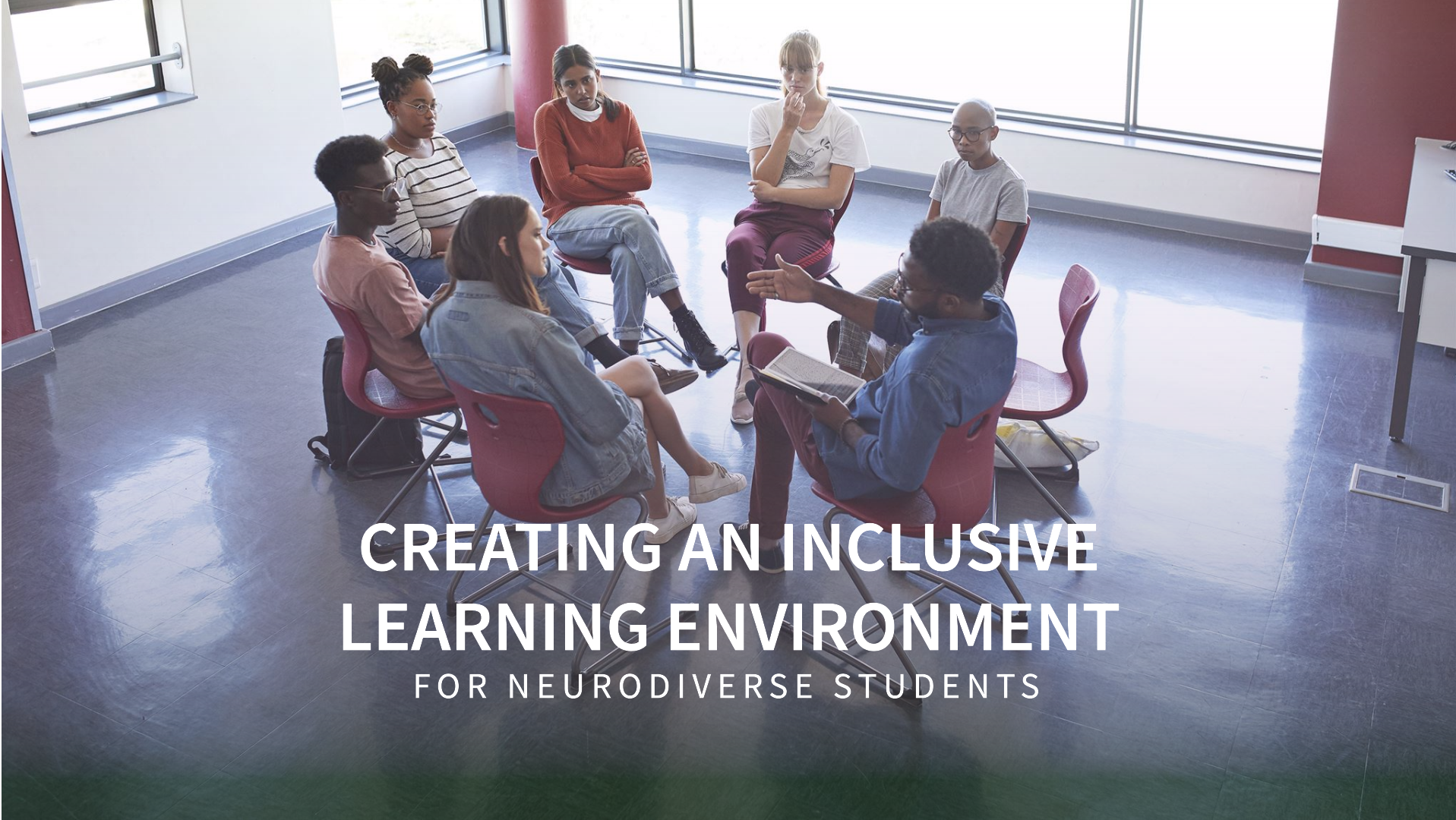
How to Foster an Inclusive Learning Environment for Neurodiverse Students
Higher education is a gateway to opportunity and growth, but for neurodiverse students—those with Autism, ADHD, Dyslexia, and other neurological variations—traditional learning environments can pose significant challenges. These students bring unique perspectives and strengths to the classroom, but they may also require adjustments to thrive academically and socially. Creating an inclusive learning environment isn’t just…
-
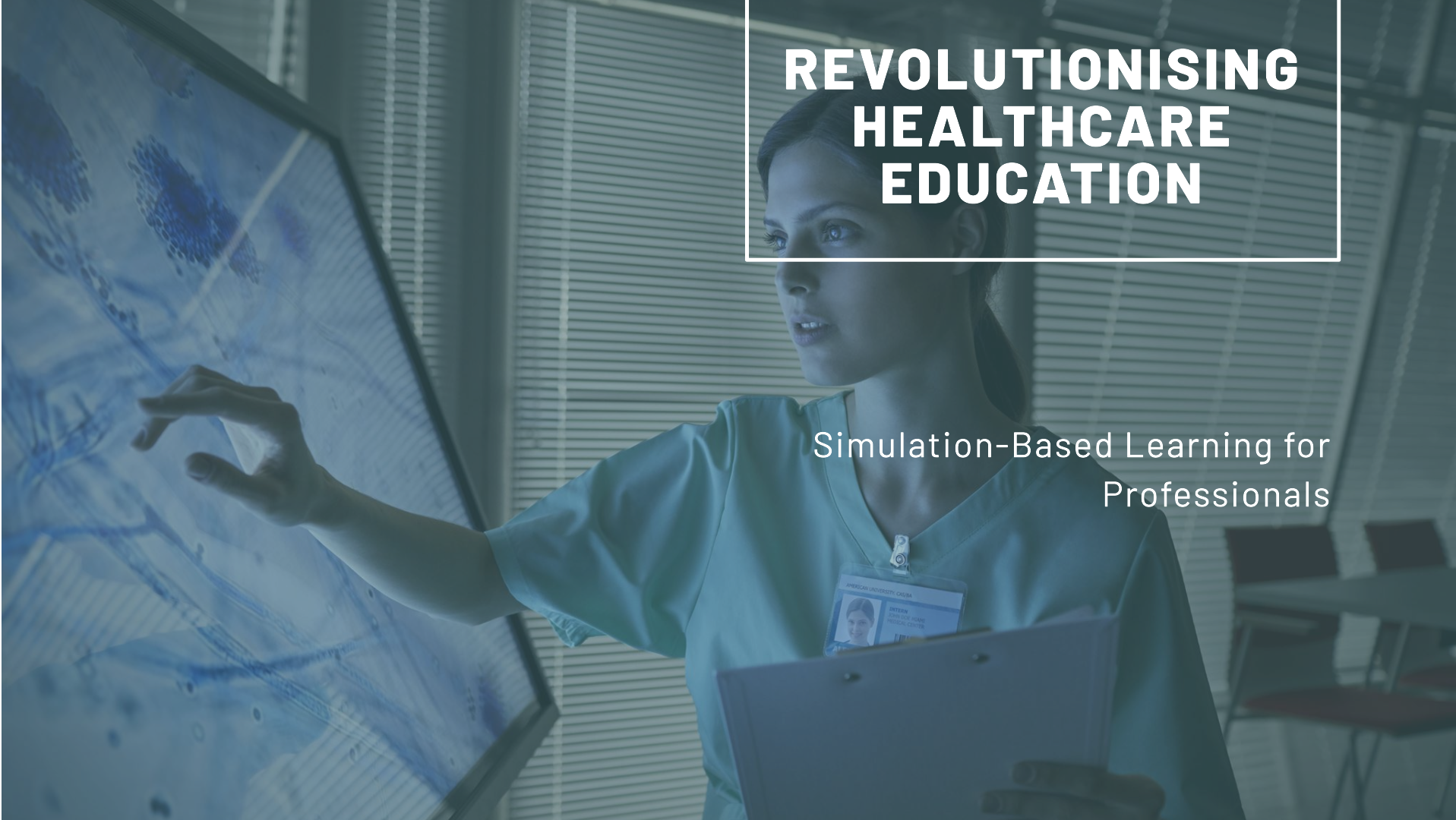
Future Trends in Simulation-Based Learning for Healthcare Professionals
Simulation-based learning has become a cornerstone of healthcare education, offering professionals a safe environment to practice skills, refine decision-making, and improve patient outcomes. As technology advances, the future of simulation-based learning promises even greater innovation, transforming how healthcare professionals are trained and continuously upskilled. This article explores emerging trends such as AI-driven simulations, immersive reality,…
-
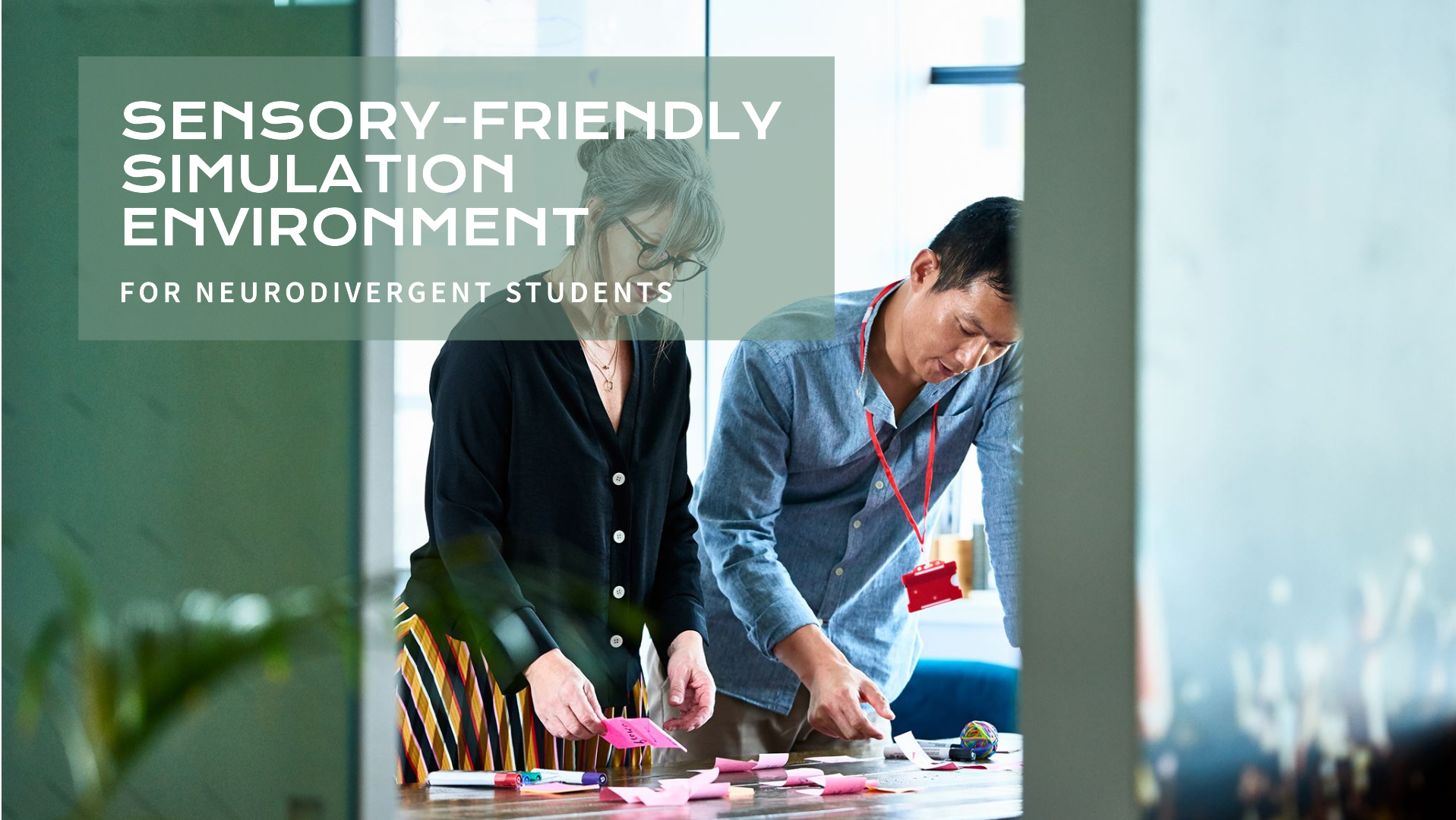
Creating a Sensory-Friendly Simulation Environment for Neurodivergent Students
Healthcare education increasingly embraces diversity, recognising the unique strengths and challenges neurodivergent students bring to the field. For students with Autism, ADHD, or other neurodivergent traits, simulation-based learning can be an excellent tool for practical training. However, traditional simulation environments, often filled with loud noises, bright lights, and high-pressure scenarios, can create sensory barriers that…
-
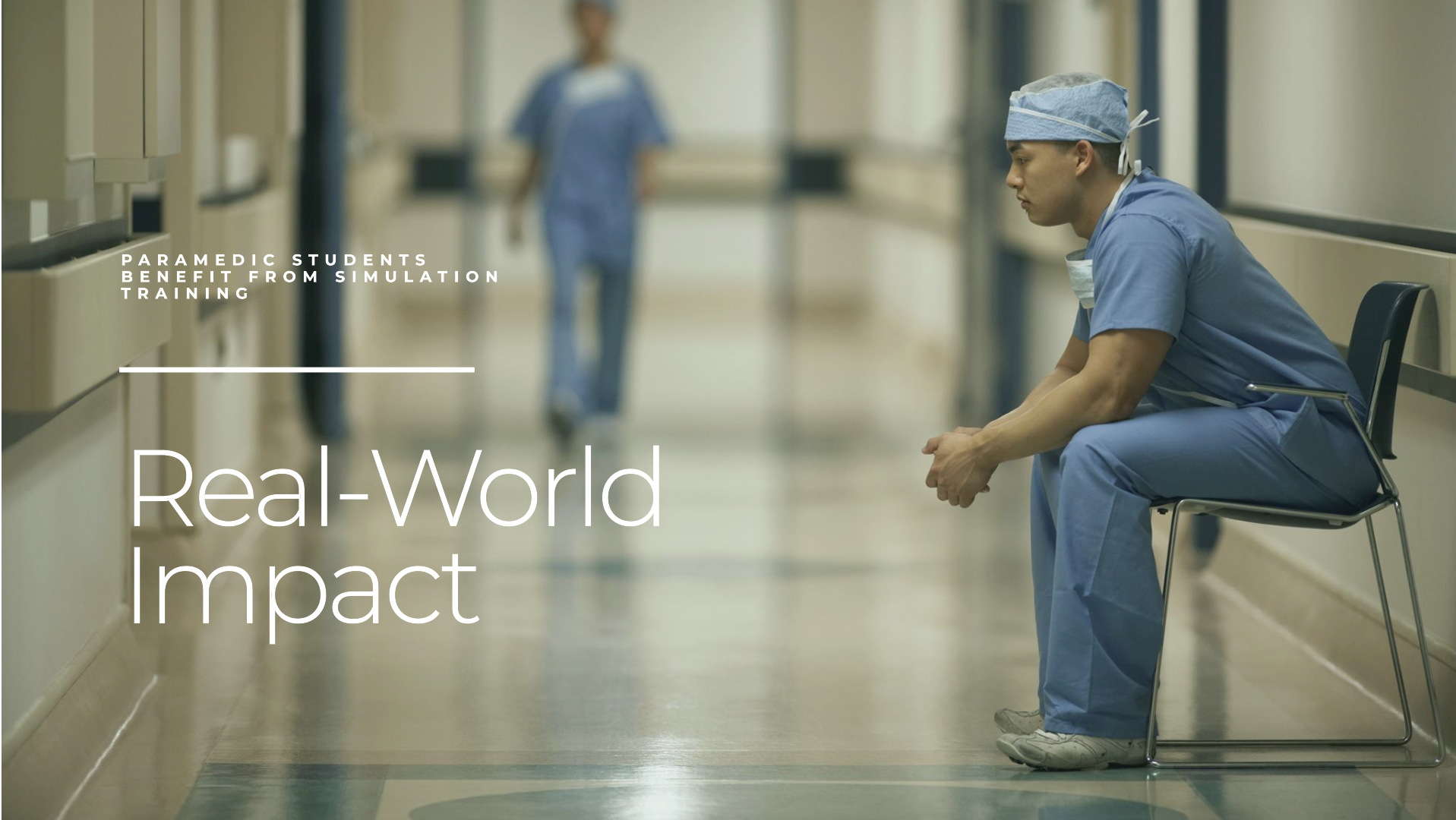
Real-World Impact: How Paramedic Students Benefit from Simulation Training
Paramedics operate on the frontline of healthcare, often in unpredictable, high-pressure environments where split-second decisions can save lives. Preparing students for these challenges requires more than textbooks and lectures—it demands immersive, hands-on learning experiences. Simulation training has become an essential tool in paramedic education, bridging the gap between theory and practice. This article explores how…
-
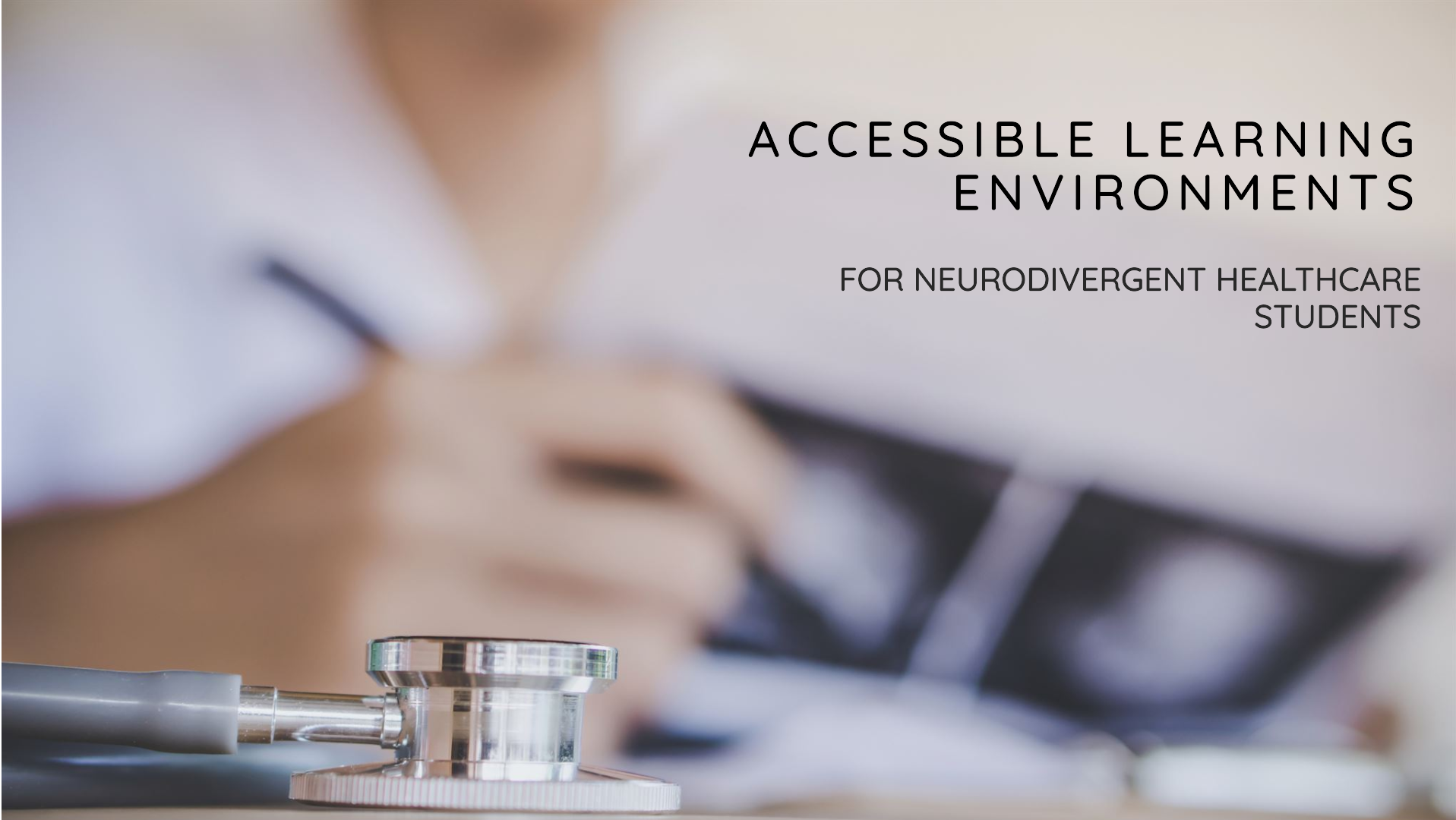
Creating Accessible Learning Environments in Healthcare Education for Neurodivergent Students
Healthcare education thrives on diversity, and neurodivergent students—those with Autism, ADHD, Dyslexia, and other neurological differences—bring unique perspectives and strengths to the field. However, traditional educational approaches can inadvertently create barriers that make it difficult for these students to thrive. On this International Day of Persons with Disabilities, let’s explore how healthcare education, particularly simulation-based…
-

Overcoming Barriers to Implementing Simulation-Based Learning in Healthcare Education
Simulation-based learning has revolutionised healthcare education, offering a safe and controlled environment for students to develop clinical skills, improve decision-making, and gain hands-on experience. Despite its benefits, many institutions face significant barriers when trying to implement simulation-based learning. Issues such as high costs, accessibility challenges, and the need for specialised staff training can hinder adoption.…
-
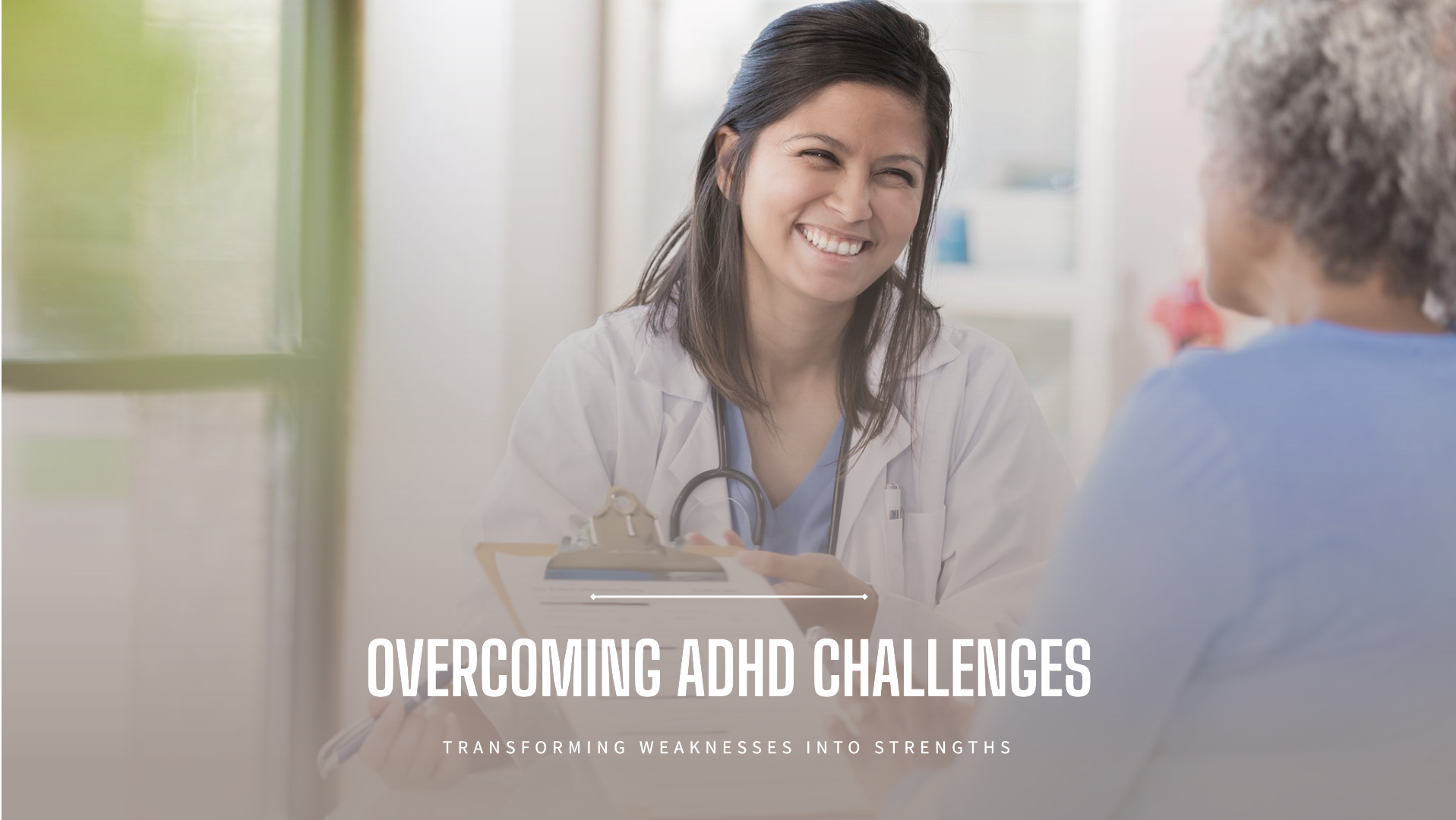
ADHD in Healthcare Education: Turning Challenges into Strengths
Healthcare education is intense, demanding unwavering focus, attention to detail, and the ability to handle high-stress situations. For students with ADHD, these requirements can pose unique challenges, from staying organised to managing time and reducing distractions. Yet, students with ADHD also bring valuable strengths, such as creativity, adaptability, and quick thinking—qualities that, when harnessed effectively,…
-
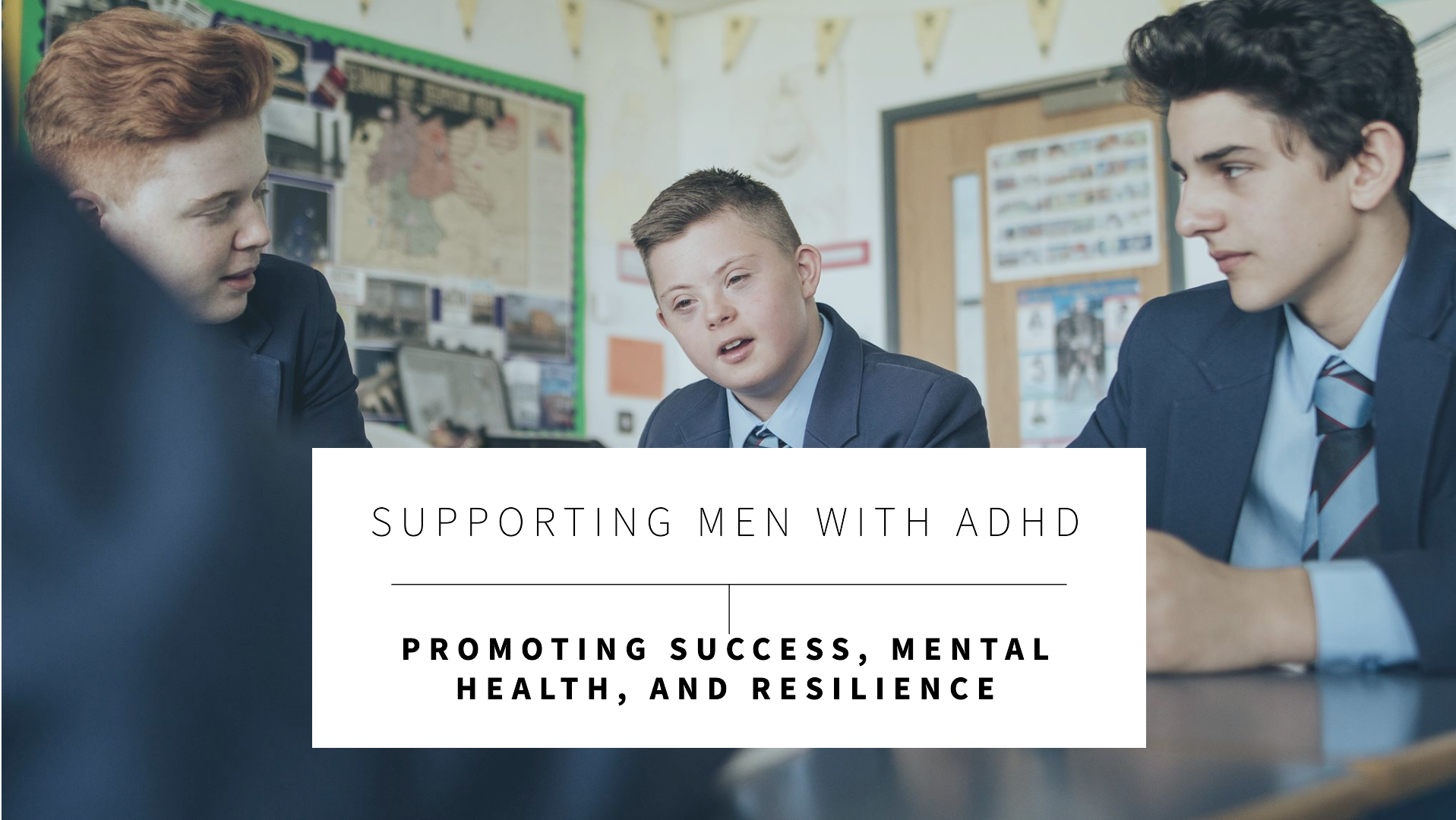
Supporting Men with ADHD in Healthcare Education: Promoting Success, Mental Health, and Resilience
Healthcare education is demanding for all students, but for those with ADHD, the challenges can be particularly significant. Men with ADHD often face unique pressures in healthcare training, where focus, organisation, and consistent decision-making are essential skills. On this International Men’s Day, let’s discuss strategies to support male healthcare students with ADHD, promoting their mental…
-
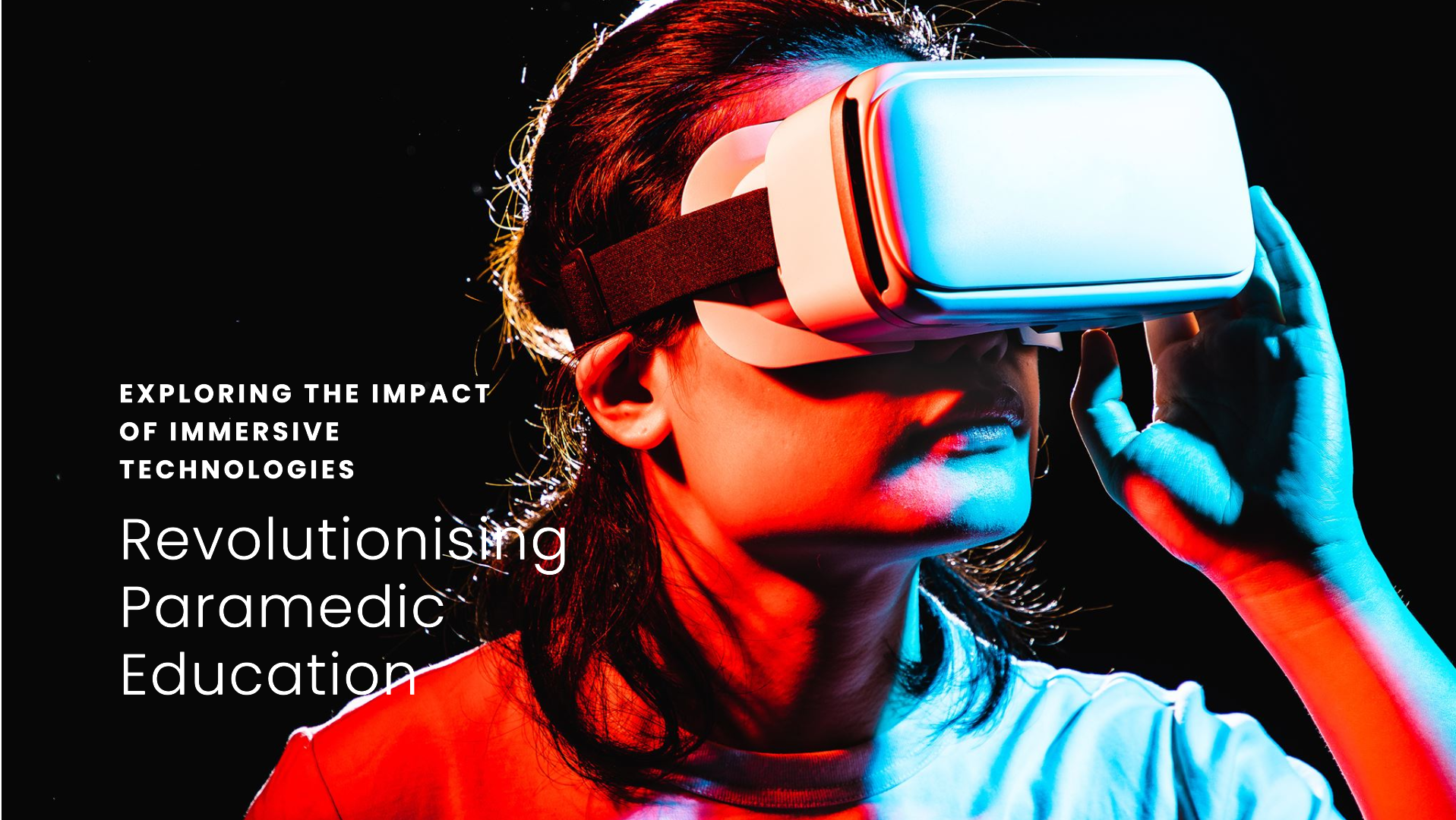
Why Immersive Technologies Are Transforming Paramedic Education
In a field like paramedicine, where split-second decisions can be the difference between life and death, education must go beyond theory. Immersive technologies, such as Virtual Reality (VR), Augmented Reality (AR), and simulation, are transforming paramedic training, offering a dynamic, risk-free way for students to hone their skills in realistic, high-pressure environments. This revolution in…
-
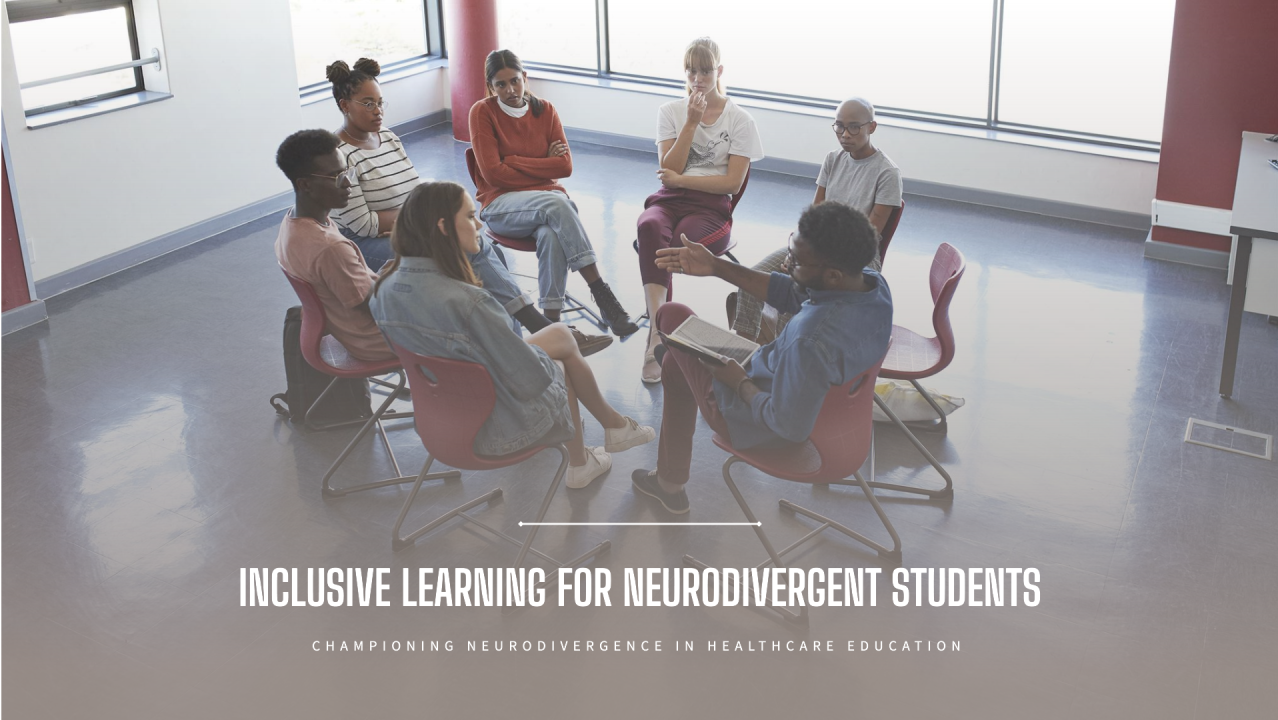
Championing Neurodivergence in Healthcare Education: Creating Inclusive Learning Spaces
The healthcare sector thrives on diversity – not just in the patient populations we care for but also in the professionals who work within it. As we move forward in creating inclusive and supportive learning environments, it’s essential to acknowledge and address the unique challenges faced by neurodivergent students in healthcare education. Neurodivergence, including conditions…